‘Unbroken’ 4Runner Keeps Getting Better
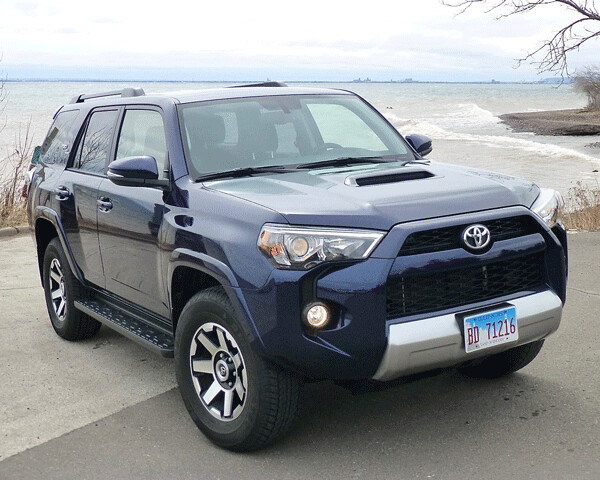
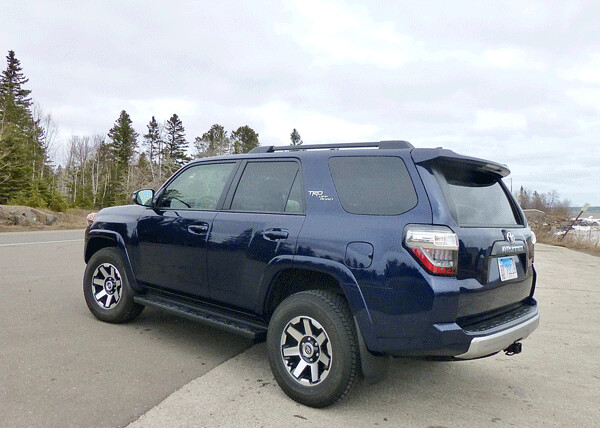
Generally when you review a new vehicle you can hardly contain yourself from gushing about all the fantastic new high-tech features and gadgets are crammed into it. And then there’s the 2019 Toyota 4Runner.
Toyota is an amazing company, and nobody can quarrel with its overwhelming sales success. But Toyota has ignored the guidelines it helped create in the last decade, and continued to build the same-old same old of various vehicles, such as the Corolla, Camry, Tacoma, Tundra and the 4Runner.
The RAV4 is different, having been restyled a few times to stay at the top of its popularity game as Toyota’s top-selling compact SUV.
But go up one step to the 4Runner, the midsize stalwart of the line, and from the time the fifth generation was brought out a decade ago, Toyota’s reputation for durability and consistency won out over latest-tech and gimmickry. Basically, if you are familiar with the 2010 4Runner, you are pretty much familiar with the 2017 4Runner. The company did make some styling changes for 2018, but the ongoing refinement under the skin is what makes the 4Runner keep 4Running.
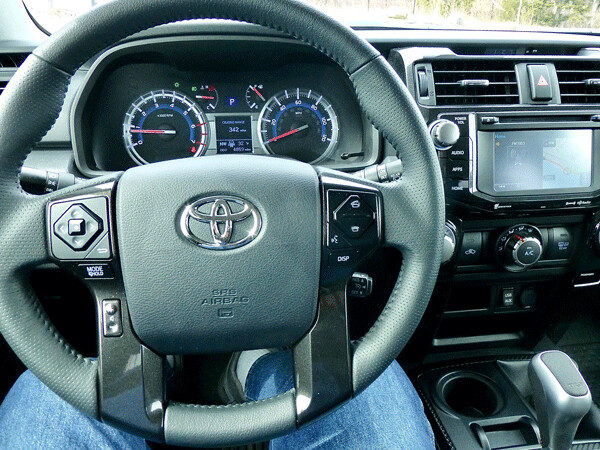
Cynics have been accusing Toyota for years about building boring cars, because the emphasis on running forever through a trouble-free existence equates pretty well with boring, compared to so many competitive cars. But people keep on buying them, feeling comfortable getting the newest of a familiar thing in many cases.
The trucks, on the other hand, stand out primarily because they are unchanged. The best comparison might be made to link the Tundra mid-size pickup and the 4Runner midsize SUV, and there is some merit there, because basically, the tried and true Tacoma pickup forms the basis for the 4Runner. You could say the 4Runner is a Tacoma with a body, or that a Tacoma is a 4Runner with a bed carved out of the rear.
A reliable source I know well in the business says it best: “Toyota’s cars aren’s cool, but its trucks are.”
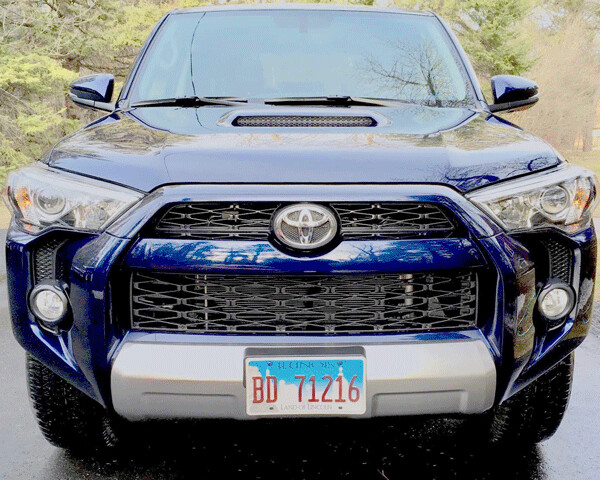
From my personal standpoint, I’ve always thought it was interesting that the huge rivalry between Japanese giants Toyota and Nissan was best evidenced by the battle between the 4Runner from Toyota and the Pathfinder from Nissan. Both came out about the same size and about the same shape, with obvious detail differences. Both had strong engines and both were the springboards to vastly expanded SUV arsenals.
I have to say that I personally preferred the Pathfinder, for a couple of odd reasons. When I would test a 4Runner, I liked everything about it, but it seemed I would bump my head on the roof as I entered, and again as I exited, and it also seemed that a lot of the switchgear and location of such always required a few days for me to learn. I would get into the Pathfinder, on the other hand, and it felt custom make to me — good clearance for my head in and out, comfortable driving position and everything seemed to be right at my fingertips and right where my instincts figured it should be.
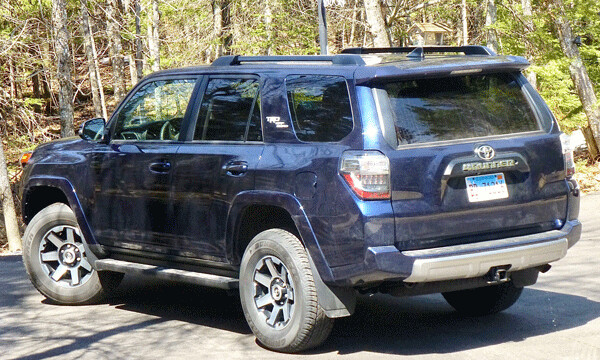
That was a long time ago, but it continued to be a factor in may analysis year after year, even though I was fully willing to accept that it might be my body’s oddness and my peculiar instincts that fit in better with the Pathfinder.
Now that the 4Runner has been redone a bit for 2018, the new 2019 version is pretty near perfect. That means, it’s pretty close to the same as ever.
The test 4Runner I had for a week on the North Shore of Lake Superior came loaded with all the right stuff. It was the TRD (for Toyota Racing Division) Off-Road Premium model, which means it starts out with the stiffest platform Toyota engineers can build — with the intention to prove to even Jeep loyalists that the 4Runner can give it more than decent competition for the most gruelling off-road challenges imaginable.
A lot of observers scoff at such claims, so Toyota has made a couple of extra moves to prove its point. You can get several suspension combinations, but when you get to the off-road, TRD model, you can also choose the heavier-duty Kinetic Dynamic Suspension System (KDSS), which is for serious off-road enthusiasts only. No sense getting it, if you intend to only venture through some rugged long driveways to the lake, or other light off-roading. You need to be seriously into hobby or high-performance off-roading — the sort of thing you might think you must have a Jeep to attempt — in order to order your 4Runner modified to take you anywhere.
Sticker price, with LED foglight, running boards and the KDSS suspension, was $43,083. More than the compact SUVs, but a long way below the loaded luxury SUV cruisers. A friend of mine said he was looking for a good used 4Runner to buy, and I threw out an opinion: The 4Runner is one of those extremely high resale Toyotas, which means it will hold its value very well. That also means you probably can’t find many good deals on used 4Runners because they hold their value well enough to command premium used car prices. For that reason, the 4Runner is one of the better automotive investments, because you won’t lose the usual depreciation.
While the 4Runner is a smooth handler on the road, the one step higher gets you the TRD Pro’s trick suspension with Fox internal bypass shocks and quarter-inch aluminum skid plates underneath. Rugged or not, it makes for smooth handling off the road or anywhere you might venture, but it still rides with comfortable smoothness on the road.
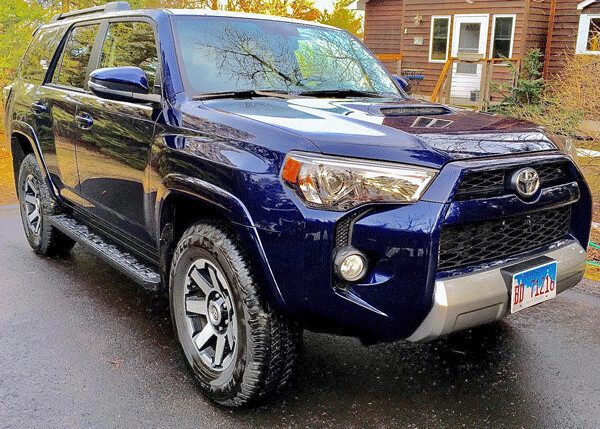
Appearance-wise, the test 4Runner came in Nautical Blue, a dark, beautiful blue that makes you first think you’d be crazy to go crashing through the underbrush with that paint job. The grille and contours surrounding the front end look sporty and aggressive, particularly compared to the old er generation.
You also can shift the 4Runner into a full-lock 4x4 setting, either high or low range, and just for trial sake, we had one of those frequent post-winter fake-winter storms while I had it, and it was simply to shift it into the 4x4 range just as it was to go to 2-wheel drive for dry pavement highway running.
The 4.0-liter V6, with dual-overhead-camshafts churns out 270 horsepower and 278 foot-pounds of torque, which is more than enough to scale those boulders and off-road trails into the wilderness. A hardy 5-speed automatic transmission sends the power to however many wheels you want.
Driving the 4Runner is easy and impressive, in any weather, and while the seats are comfortable and supportive, and everything works, you may miss some of the glitzy features some competitors boast about.
But there remains a lot to be said for building something and getting it right, then refining it, however subtlety, and then sticking with it.
I’m not saying the 4Runner is perfect, but it does do everything a serious performance off-roader could want, and it contains all the necessary safety stuff on a trim frame and in a familiar body. And besides, I didn’t conk my head on the roof even once!
Who knows when Toyota will decide to change the 4Runner in a major way? But for now it follows the theory that if it ain’t broke, don’t fix it. The 4Runner not only is not broke, it is built so well it probably will never break, and you won’t need to fix it.
